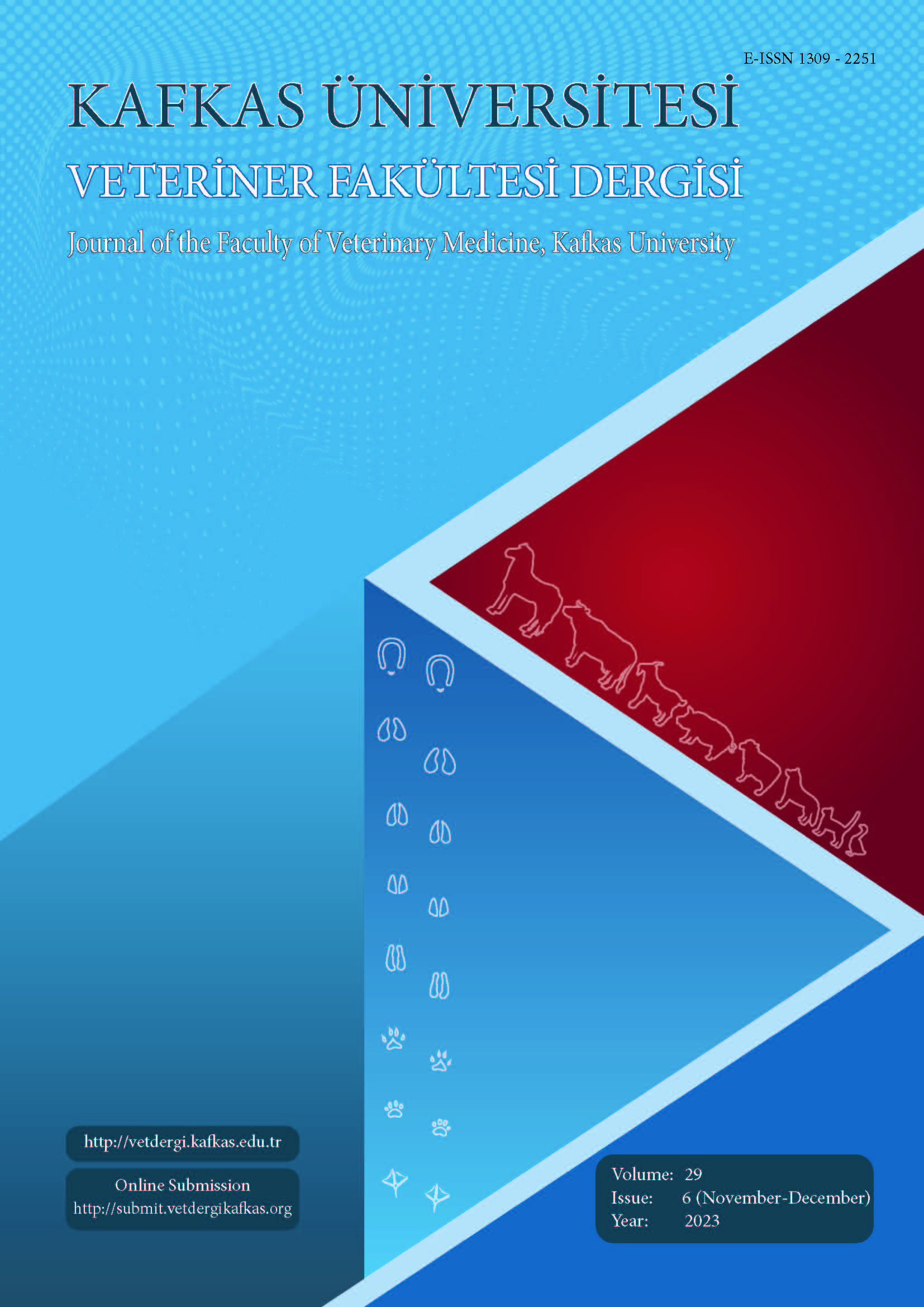Kafkas Üniversitesi Veteriner Fakültesi Dergisi
2023 , Vol 29 , Sayı 6
Comparison of Mouse Species in an In Vivo SARS-CoV-2 Challenge Model
1TUBITAK Marmara Research Center, TR-41470, Kocaeli - TÜRKİYE
DOI :
10.9775/kvfd.2023.30229
The K18-hACE2 transgenic mice, a model animal having human ACE receptors,
is employed in studies against the SARS-CoV-2 virus all over the world. Aged
Balb/C mice utilized during the SARS-CoV outbreak were compared to non-T-cell,
immunosuppressive Nude mice often employed in cancer research and K18-hACE2
transgenic mice used as a model animal against the SARS-CoV-2 virus challenge assay.
At the same time, the role of the model animal K18-hACE2 transgenic mice in organs
other than the lung was studied. The BSL3 facility was used for the challenge experiment
in this study. In three groups, 105 TCID50 SARS-CoV-2 virus B.1.1.7 (the alpha variant
was gavaged and intranasally administered to mice under anesthesia. The experiment
was ended on the tenth day, and gross pathology was done. The viral load of SARSCoV-
2 was determined by RT-PCR after collecting the target organ lungs from all mice
as well as the spleen, liver, heart, and kidneys from the K18-hACE2 transgenic mouse
group. In comparison to Balb/C and Nude mice, the K18-hACE2 transgenic mouse
model animal has been shown to be a suitable model against the SARS-CoV-2 virus
in our study. At the same time, when the organs of K18-hACE2 transgenic mice were
compared, viral load retention occurred in the target organ, the lung, with no significant
retention in other organs.
Anahtar Kelimeler :
COVID-19, In vivo challenge, Model animals, SARS-CoV-2











